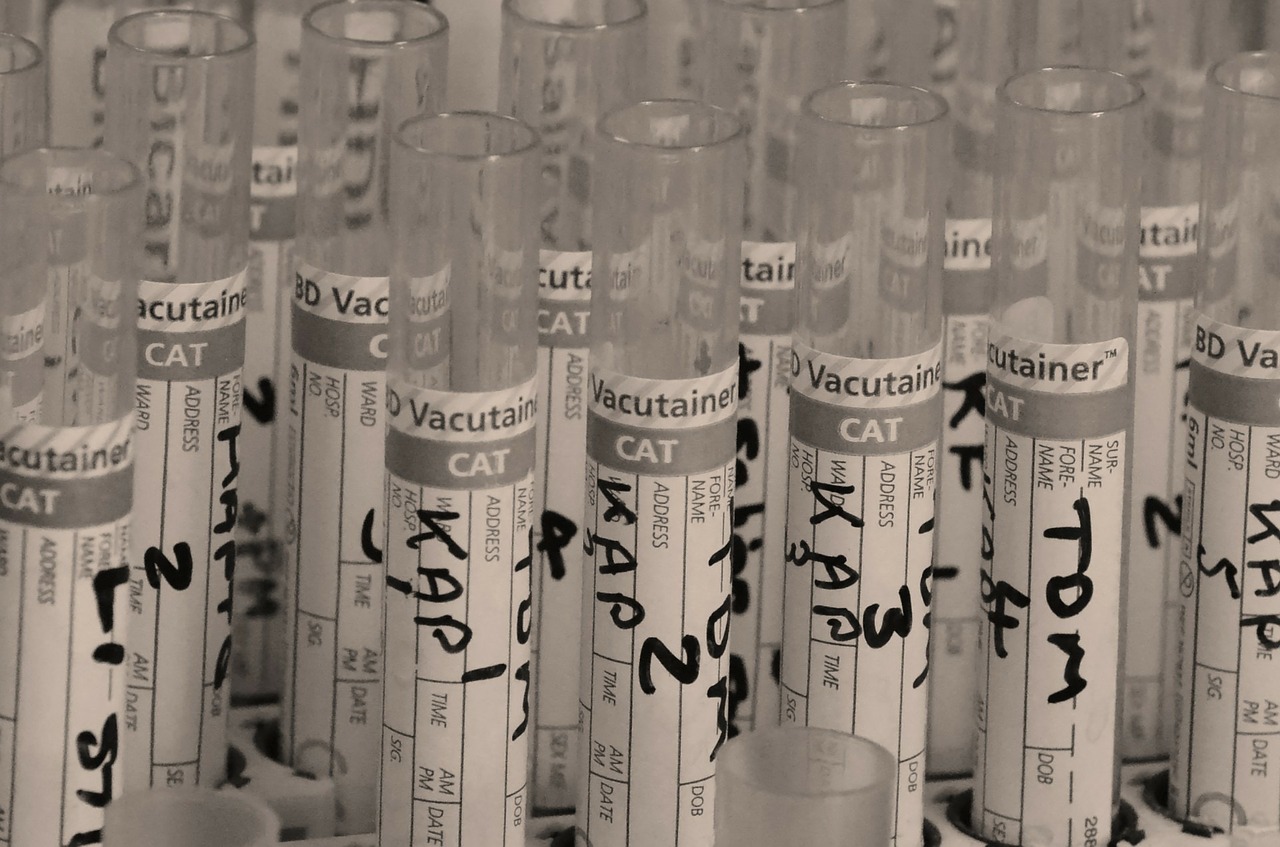A Decade Later, a Patient Finds Out Her Genetic Test Was Wrong
By Sarah Zhang,
The Atlantic
| 05. 11. 2017
Should scientists give results to participants in research studies if they haven’t been validated in a clinical lab?
SALT LAKE CITY—In the mid-2000s, when Vicki Rieke’s mom was being treated for her second bout of colon cancer in a hospital out of state, doctors suggested it was time to get tested. Colon cancer can be genetic, but it is also one of the more preventable cancers. A genetic test could give Vicki and her siblings life-saving information.
As it turns out, her mom, Dianne King, did have a mutation for Lynch syndrome. The condition predisposes people to a whole host of cancers. (She passed away last month after her sixth cancer.) Her children had a 50/50 percent chance of inheriting that Lynch syndrome mutation. So when the test requested by her mom’s doctors came back positive for Rieke, too, that news didn’t shock her. “It was kind of just not surprising with my mom’s history,” she said.
The shocker came more than 10 years later: Rieke, who is now 46, got retested at a new lab in Utah, and it...
Related Articles
By Grace Won, KQED [with CGS' Katie Hasson] | 12.02.2025
In the U.S., it’s illegal to edit genes in human embryos with the intention of creating a genetically engineered baby. But according to the Wall Street Journal, Bay Area startups are focused on just that. It wouldn’t be the first...
Several recent Biopolitical Times posts (1, 2, 3, 4) have called attention to the alarmingly rapid commercialization of “designer baby” technologies: polygenic embryo screening (especially its use to purportedly screen for traits like intelligence), in vitro gametogenesis (lab-made eggs and sperm), and heritable genome editing (also termed embryo editing or reproductive gene editing). Those three, together with artificial wombs, have been dubbed the “Gattaca stack” by Brian Armstrong, CEO of the cryptocurrency company...
Alice Wong, founder of the Disability Visibility Project, MacArthur Genius, liberationist, storyteller, writer, and friend of CGS, died on November 14. Alice shone a bright light on pervasive ableism in our society. She articulated how people with disabilities are limited not by an inability to do things but by systemic segregation and discrimination, the de-prioritization of accessibility, and the devaluation of their lives.
We at CGS learned so much from Alice about disability justice, which goes beyond rights...
By Adam Feuerstein, Stat | 11.20.2025
The Food and Drug Administration was more than likely correct to reject Biohaven Pharmaceuticals’ treatment for spinocerebellar ataxia, a rare and debilitating neurodegenerative disease. At the very least, the decision announced Tuesday night was not a surprise to anyone paying attention. Approval...




